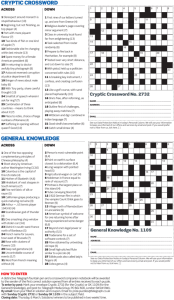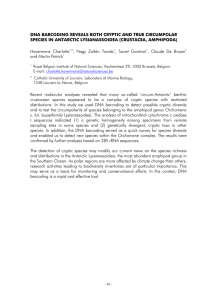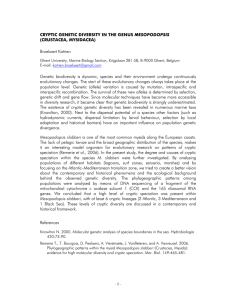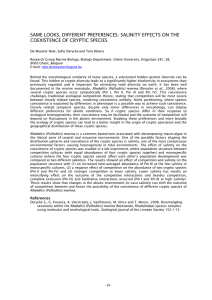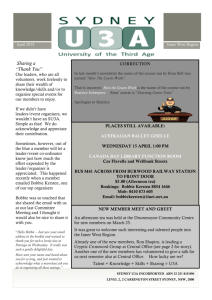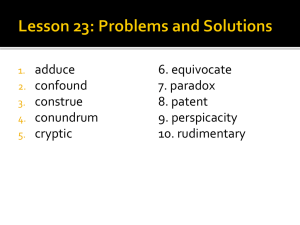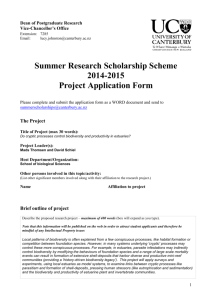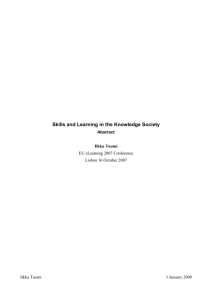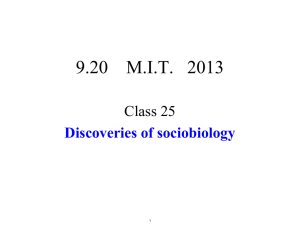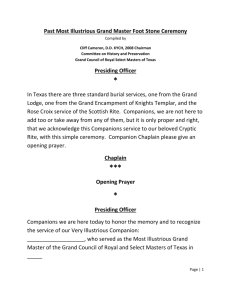Microhabitat choice of cryptic species: do closely related nematode
advertisement
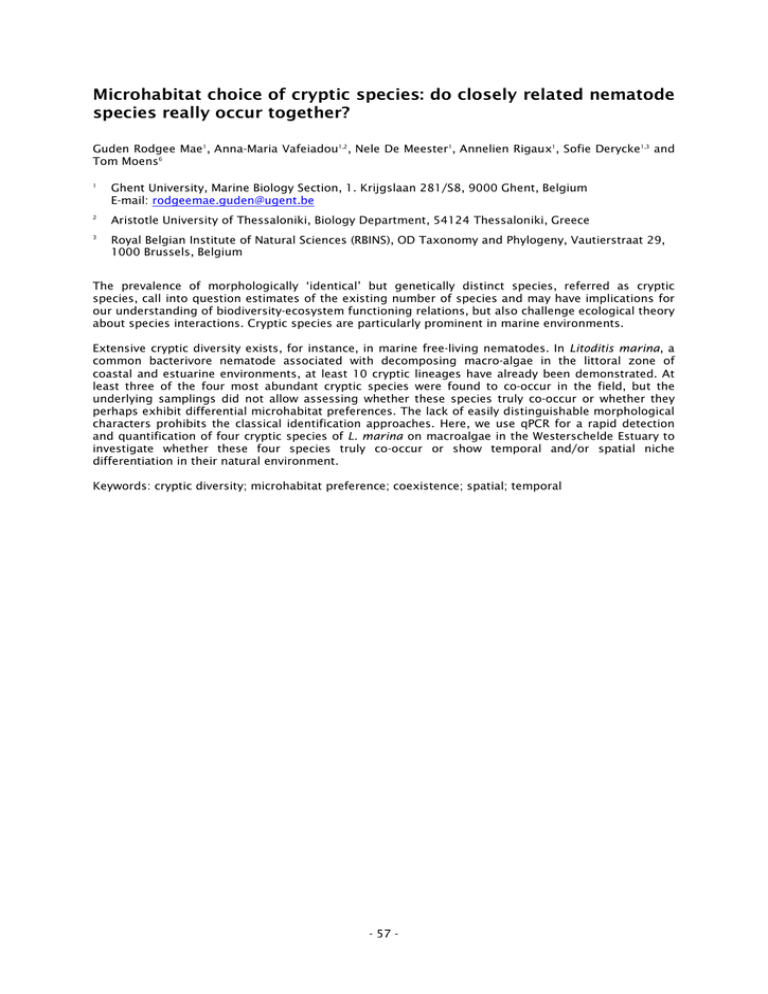
Microhabitat choice of cryptic species: do closely related nematode species really occur together? Guden Rodgee Mae1, Anna-Maria Vafeiadou1,2, Nele De Meester1, Annelien Rigaux1, Sofie Derycke1,3 and Tom Moens6 1 Ghent University, Marine Biology Section, 1. Krijgslaan 281/S8, 9000 Ghent, Belgium E-mail: rodgeemae.guden@ugent.be 2 Aristotle University of Thessaloniki, Biology Department, 54124 Thessaloniki, Greece 3 Royal Belgian Institute of Natural Sciences (RBINS), OD Taxonomy and Phylogeny, Vautierstraat 29, 1000 Brussels, Belgium The prevalence of morphologically ‘identical’ but genetically distinct species, referred as cryptic species, call into question estimates of the existing number of species and may have implications for our understanding of biodiversity-ecosystem functioning relations, but also challenge ecological theory about species interactions. Cryptic species are particularly prominent in marine environments. Extensive cryptic diversity exists, for instance, in marine free-living nematodes. In Litoditis marina, a common bacterivore nematode associated with decomposing macro-algae in the littoral zone of coastal and estuarine environments, at least 10 cryptic lineages have already been demonstrated. At least three of the four most abundant cryptic species were found to co-occur in the field, but the underlying samplings did not allow assessing whether these species truly co-occur or whether they perhaps exhibit differential microhabitat preferences. The lack of easily distinguishable morphological characters prohibits the classical identification approaches. Here, we use qPCR for a rapid detection and quantification of four cryptic species of L. marina on macroalgae in the Westerschelde Estuary to investigate whether these four species truly co-occur or show temporal and/or spatial niche differentiation in their natural environment. Keywords: cryptic diversity; microhabitat preference; coexistence; spatial; temporal - 57 -
